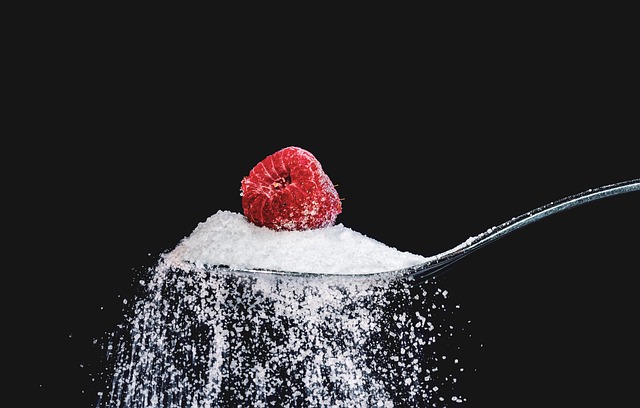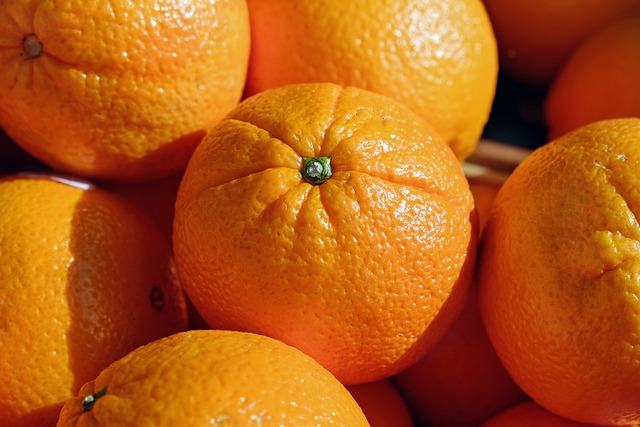Beyond Yogurt: Exploring Surprising Sources of Probiotics
In recent years, the benefits of probiotics have become well-known. These live bacteria and yeasts, often referred to as “good” bacteria, offer a range of health advantages when consumed regularly. While yogurt has typically been hailed as the go-to source for probiotics, there are actually several other surprising sources that can help you increase your probiotic intake.
1. Kefir
Kefir is a fermented milk drink that is similar to yogurt but thinner in consistency. It is made by adding kefir grains to cow’s milk or goat’s milk. These grains are a combination of bacteria and yeast that initiate the fermentation process. The end result is a tangy, slightly effervescent beverage packed with probiotics.
Studies have found that kefir can help improve digestion, boost the immune system, and even aid in weight loss. Its diverse range of microorganisms makes it a potent probiotic source, offering several strains of beneficial bacteria not commonly found in yogurt.
2. Sauerkraut
Sauerkraut, a traditional German dish made from fermented cabbage, may not be the first thing that comes to mind when you think of probiotics. However, this tangy condiment packs a powerful probiotic punch. During the fermentation process, the natural sugars in cabbage are converted into lactic acid by various strains of bacteria.
When selecting sauerkraut, it’s important to choose the unpasteurized variety, as pasteurization kills off the beneficial bacteria. Homemade sauerkraut or those found in the refrigerated section of health food stores are often good options to ensure you’re getting live probiotics.
3. Miso
Miso is a traditional Japanese seasoning made from fermented soybeans, rice, or barley. This versatile ingredient is commonly used in soups, dressings, and marinades. Considered a staple in Japanese cuisine, miso offers a unique combination of probiotics, essential nutrients, and antioxidants.
The fermentation process involves the use of a specific mold known as koji, which breaks down the carbohydrates and proteins present in soybeans or other grains. The result is a rich probiotic food that can improve digestive health and enhance the immune system.
4. Tempeh
Tempeh is a protein-packed food that originates from Indonesia. It is typically made from fermented soybeans and has a firm texture and nutty flavor. The fermentation process involved in making tempeh promotes the growth of beneficial bacteria, making it a valuable probiotic source.
Tempeh is a great option for individuals looking to increase their probiotic intake while also adding a plant-based protein to their diet. It can be used in a variety of dishes, such as stir-fries, salads, or even as a meat substitute in burgers.
5. Kimchi
Kimchi, a staple in Korean cuisine, is a spicy fermented cabbage dish that offers both incredible flavor and numerous health benefits. The process of making kimchi involves fermenting cabbage with various seasonings, such as chili peppers, garlic, ginger, and scallions.
Like sauerkraut, it’s important to choose unpasteurized kimchi to ensure you’re getting the live probiotics. Kimchi is not only a great source of probiotics but also high in vitamins, minerals, and antioxidants.
Conclusion
While yogurt has long been synonymous with probiotics, there are several other surprising sources that can help you diversify your intake of these beneficial microorganisms. Incorporating kefir, sauerkraut, miso, tempeh, and kimchi into your diet can enhance your gut health, boost digestion, and support your immune system.
So why limit yourself to just yogurt when there is a whole world of probiotic-rich foods waiting to be explored? Get creative in the kitchen and enjoy the benefits of these surprising sources of probiotics!







